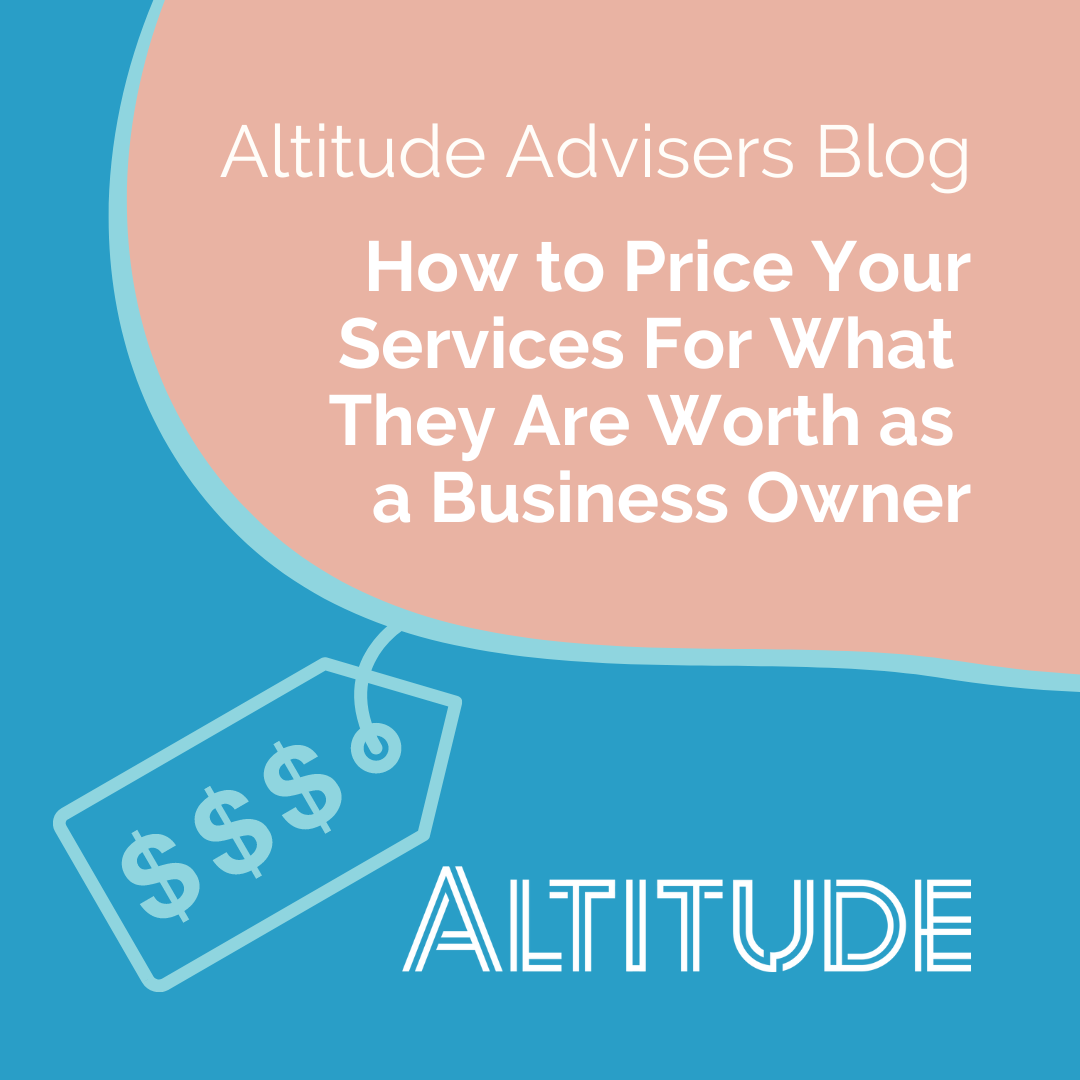
Your pricing reflects not only the time that went into what you are creating, but also the quality of what you’re selling or the work you’re producing.
With this in mind, you also want to be fair, affordable, and appealing to your target market, but your products may take a great deal of time and effort to produce in a small to medium enterprise.
Take a look at these easy to follow steps to finding the right pricing balance in your business.
1. Evaluate your worth
Knowing how to value yourself, your time, and the effort you put into your work is a skill required to run a successful business. Taking into account the countless hours of practice and skill-development you have used to hone your abilities in your chosen field is a delicate balance.
It is unlikely you are Google or a fast fashion brand aiming to set your prices as low as possible for clients or customers who are far from an ideal for you.
While prices set to the level of effort and skill you are employing in your work are going to be higher than some of the “off the shelf” alternatives, there will definitely be those who are willing to pay for the advantages of what you offer.
2. Consider your costs
What does your product or service cost you to produce? Include the raw materials you are using, equipment used for the product, and the training you required to acquire your skills. Think about the lifecycle of your offering. Do you require computers, adobe software, or printing ink? Include it all.
When you sell the product or service, how do you reach your audience? If you are using paid digital marketing techniques such as a website or google ads you should include those costs. Additionally, including the percentage of your overall price that any sales processing takes.
3. Calculate an hourly rate
To understand the true cost of the time spent supplying your product or service, it might be best to apply an hourly fee. Especially when first starting out. It can help you understand how to better quote companies or clients for your work.
If you can, figure out what others in your industry are paying themselves and make sure you choose a rate above the minimum wage. Include allowance for superannuation and tax.
If you feel your skills, experience or training give you the confidence to charge more than the recommended award wage for your industry, you should charge what you feel is appropriate for someone with your level of expertise.
4. Build up gradually
If you are not comfortable charging your best-case scenario highest rates when you start out, start out by pricing your services a little lower with an introductory discount, and increase your price gently from there. This one is especially relevant for free-lancers but pay rises are also important for allocation of cash-flow when selling a product.
Keep in mind that at any other standard corporate job, rate of pay would likely increase over time, which is why it’s important to increase your day rate to account for increases in skills and experience levels over the years, as well as general inflation. This pay rise is an important part of paying yourself.
5. Find the right balance
Getting the pricing balance right is about understanding how willing and able your target market are to pay for your products and services. You are walking the tightrope of having enough people to purchase what you are offering, while also covering your costs and your level of experience.
Make a quick competitor analysis to know you are pricing appropriately for your industry, and make sure you are competing against high quality smaller scale items, not the big boys like Facebook!
If you are looking for more advice on pricing your products and services better to meet the needs of your target market, contact Altitude Advisers for more support and information.


